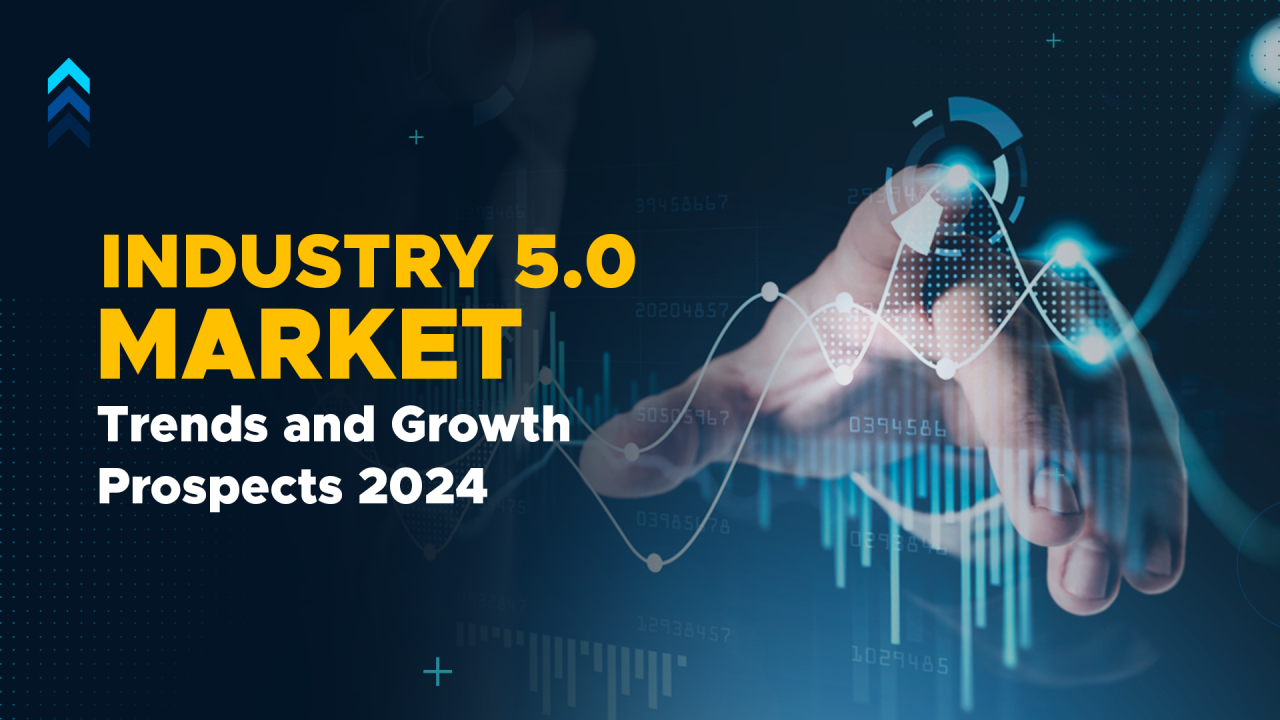The Rise of Industry 5.0: Bridging Technology and Human Creativity

Industry 5.0, which emphasizes the collaboration of cutting-edge technology and human intelligence, represents a substantial advancement in the continuous growth of industrial processes. In contrast to Industry 4.0, which placed more emphasis on automation, data sharing, and the integration of cyber-physical systems, Industry 5.0 places more emphasis on resilience, sustainability, and human-centric solutions. This change reflects an increasing understanding that technology should support human skills rather than undermine them, encouraging human-machine cooperation to develop more intelligent, flexible production processes.
Combining human creativity and problem-solving abilities with the accuracy and efficiency of cutting-edge technology like artificial intelligence (AI), robots, and the Internet of Things (IoT) is one of the fundamental tenets of Industry 5.0. In this paradigm, intelligent robots and people collaborate in a field known as “cobotics” (collaborative robotics). Through this relationship, industrial processes may be made more customized and individualized, with humans contributing their creativity, intuition, and skill while machines undertake repetitive, high-precision jobs. As a result, the industrial environment is more adaptable and agile and can change swiftly to meet the needs of the market and changing consumer preferences.
Another important area of Industry 5.0 concentration is sustainability. The need for industrial processes with minimal environmental effect is growing as the globe struggles with issues like resource depletion and climate change. In order to solve this, Industry 5.0 promotes the use of energy-efficient production techniques, sustainable materials, and circular economy ideas. The goal of Industry 5.0 is to build industrial systems that are not only more efficient but also socially and ecologically responsible by combining cutting-edge technologies with a human-centric approach.
Resilience is another essential component of Industry 5.0. The COVID-19 pandemic has brought attention to the weak points in international supply networks and the demand for more resilient, flexible industrial systems. Industry 5.0 aims to increase industrial processes’ flexibility and responsiveness by utilizing cutting-edge technologies. This involves using predictive maintenance and intelligent supply chain management systems to foresee and minimize interruptions, as well as using digital twins — virtual duplicates of real systems — to mimic and improve manufacturing processes.
Industry 5.0 is a paradigm change in the understanding of industrial processes, adopting a more human-centered, holistic approach instead of Industry 4.0’s efficiency-driven focus. Industry 5.0 presents a picture of a future in which industrial processes are not only more efficient but also more adaptive, sustainable, and socially responsible. It does this by fusing human creativity with cutting-edge technology, emphasizing sustainability, and fostering resilience. We anticipate a new age of innovation and advancement that benefits people and the environment as companies and industries everywhere start implementing the ideas of Industry 5.0.
To sum up, Industry 5.0 signifies a dramatic change in the industrial sector as human-machine cooperation, sustainability, resilience, and inclusion become the main priorities. Industry 5.0 aims to solve today’s social and environmental issues while bringing in a new age of creativity and production by combining the best qualities of humans and robots.
- Art
- Causes
- Crafts
- Dance
- Drinks
- Film
- Fitness
- Food
- Giochi
- Gardening
- Health
- Home
- Literature
- Music
- Networking
- Altre informazioni
- Party
- Religion
- Shopping
- Sports
- Theater
- Wellness
- IT, Cloud, Software and Technology


